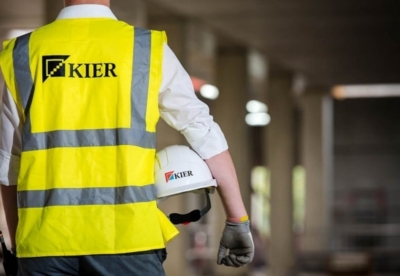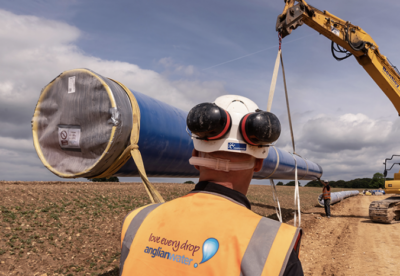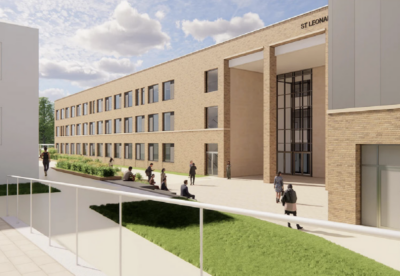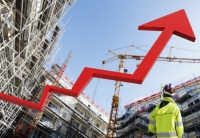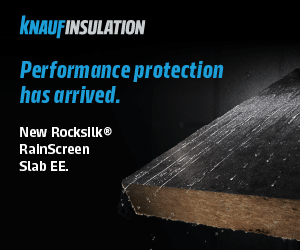The warning comes from infrastructure industry association Britpave as plans announced by the Department for Transport could see fully driverless vehicles operating by the middle of the decade.
Joe Quirke, Britpave chairman, said “The technological advancement of self-driving vehicles needs to be matched by investment in long-term, robust road solutions.”
Quirke highlighted the fact that, unlike human drivers who may slightly shift left or right within lanes, self-driving vehicles guided by GPS and other navigational aids will follow and keep to a far more precise path.
This means that each self-driving vehicle will drive over the same part of the road each time leading to significant repetitive wear-and-tear and increased ongoing maintenance.
He said: “To counteract this, roads will have to provide far more long-term robustness than they do at present. They will also have to have far more built-in climate resilience if they are to continue to operate during the extreme weather events predicted as a result of climate change.
“Concrete roads offer the robustness and resilience to withstand repetitive traffic loads as well as the structural integrity to support and protect installed sensors and wi fi antenna. A self-driving vehicle will only be as good as the road surface that it drives on.”





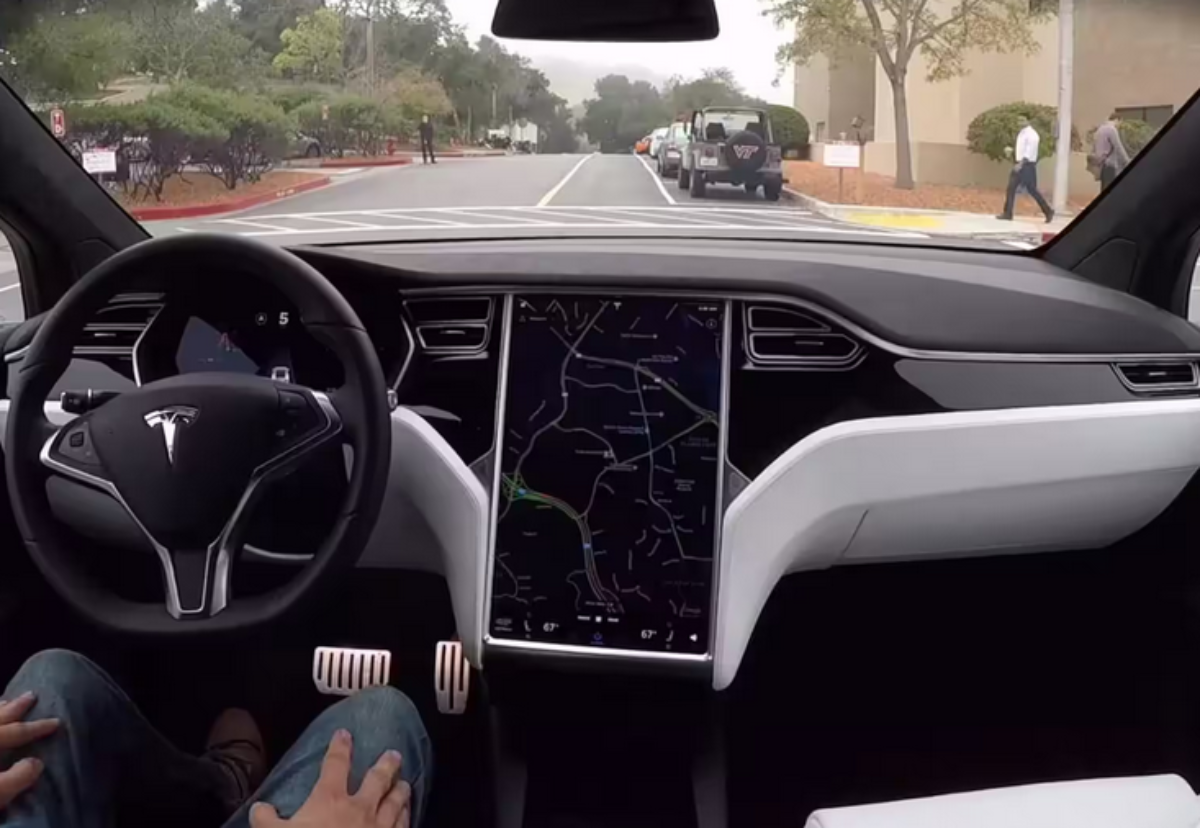


.gif)






